Dental Pulp Capping
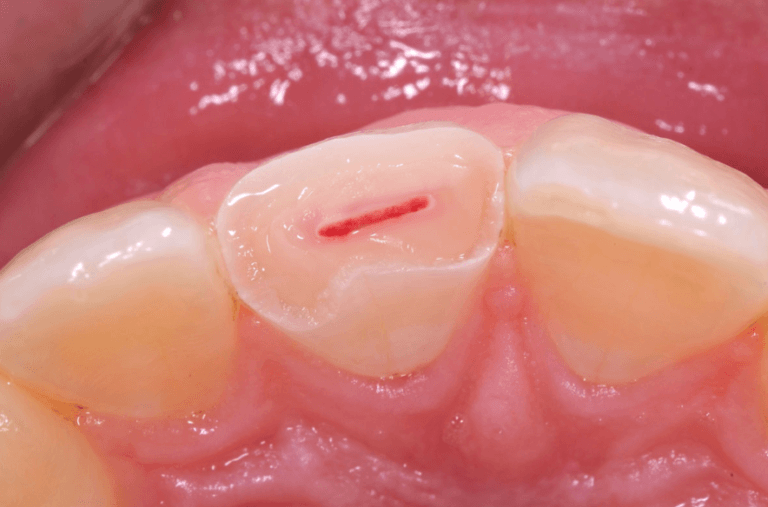
What Is Dental Pulp Capping?
Dental pulp capping is a procedure used to protect the soft tissue inside a tooth, called the dental pulp, when it’s at risk of infection or damage due to decay or trauma. The dental pulp contains nerves, blood vessels, and connective tissue that are essential for nourishing the tooth, transmitting sensations, and supporting tooth development. When exposed or irritated, this pulp can lead to pain, sensitivity, and further damage if untreated. Dental pulp capping is an early intervention option that helps preserve the natural tooth and avoids more invasive procedures.
Before deciding on whether Dental Pulp Capping are right for you, there are some things you should know:
- Who Needs Dental Pulp Capping?
- Benefits Of Dental Pulp Capping
- Types Of Dental Pulp Capping
- Indications For Dental Pulp Capping
- How Much Does Dental Pulp Capping Cost?
- Steps In The Dental Pulp Capping Procedure
- Alternative Treatments To Dental Pulp Capping
- Frequently Asked Questions About Dental Pulp Capping
If you have any further questions about Dental Pulp Capping or other dental services offered at Atlas Dental, please contact us.

Free phone consultation
Have questions about Dental Pulp Capping? Schedule a free phone consultation with our Toronto dentist.

5 star google reviews
Our patients love us! See for yourself why more and more people are choosing Atlas Dental for Dental Pulp Capping.

Book Emergency tooth filling
Do you think you have cavities and need a Dental Pulp Cap? Book an emergency tooth filling online.
Who Needs Dental Pulp Capping?
Dental pulp capping is commonly recommended in cases where:
- Deep Cavities: Large cavities or deep fillings close to the pulp can risk exposing or damaging it, making pulp capping an effective solution.
- Dental Trauma or Injury: Accidents leading to chipped or cracked teeth can expose the pulp, requiring capping to protect it from contaminants and bacteria.
- Multiple Restorations on One Tooth: Teeth that have undergone repeated dental work may have compromised pulp, making pulp capping a preventive option.
- Abscess Prevention: Dental pulp capping can help prevent abscesses by protecting the pulp before an infection sets in.
While pulp capping can be very effective, it isn’t always the right treatment for all cases. Your dentist will assess your situation and, if needed, suggest alternative treatments like root canals or extractions for more extensive damage. If you have further questions about Dental Pulp Capping, please contact us.
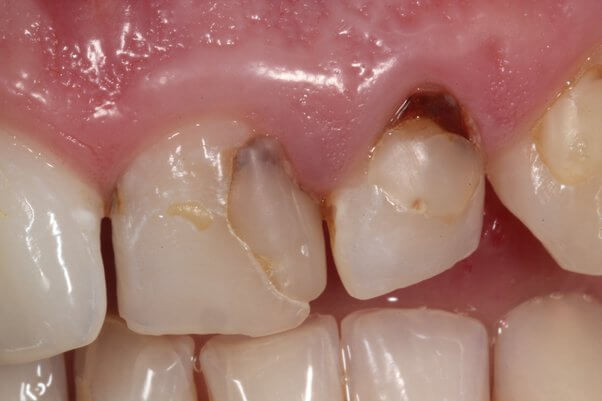
Benefits Of Dental Pulp Capping
Dental pulp capping is a valuable preventive procedure that offers multiple benefits:
- Preserves the Natural Tooth: Unlike procedures requiring extraction or full root canal treatment, pulp capping helps you retain your natural tooth structure.
- Minimally Invasive: This procedure is less invasive than alternatives, removing only decayed or damaged portions and promoting quicker healing.
- Promotes Natural Healing: By covering exposed pulp with protective materials, pulp capping stimulates natural regenerative processes, aiding tissue repair.
- Maintains Tooth Function: A natural tooth preserved through pulp capping retains full functionality, allowing normal chewing, biting, and speaking.
- Cost-Effective Solution: Pulp capping is generally more affordable than extensive treatments, potentially saving you money over time.
- Prevents Further Complications: Acting early can help avoid more serious dental issues like infections or the need for extractions.
The success of pulp capping depends on factors like the extent of damage, timing, and proper aftercare. Your dentist will assess your specific condition and recommend the most appropriate treatment to address your dental needs effectively. If you have further questions about Dental Pulp Capping, please contact us.
Types Of Dental Pulp Capping
There are two main types of pulp capping, depending on the extent of damage to the tooth and pulp exposure:
Direct Pulp Capping
Direct pulp capping is used when the pulp is partially exposed due to decay or minor trauma. A protective material is applied directly to the pulp to stimulate healing and create a seal, protecting it from bacteria. This approach is often successful if the pulp is still healthy and intervention occurs early.
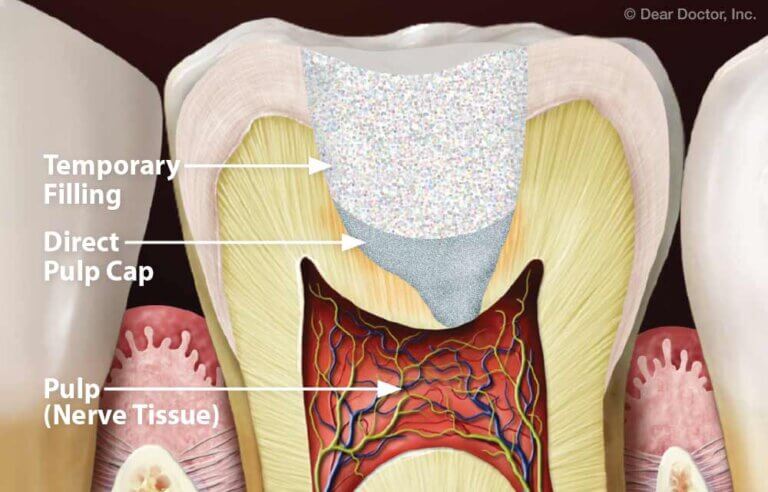
Indirect Pulp Capping
Indirect pulp capping is used when the pulp is not directly exposed but is close enough to risk irritation or infection due to extensive decay. The dentist removes most decayed material, leaving a protective layer of the tooth’s natural structure intact, and applies a pulp-friendly material to support healing. This approach helps prevent future complications without direct exposure.
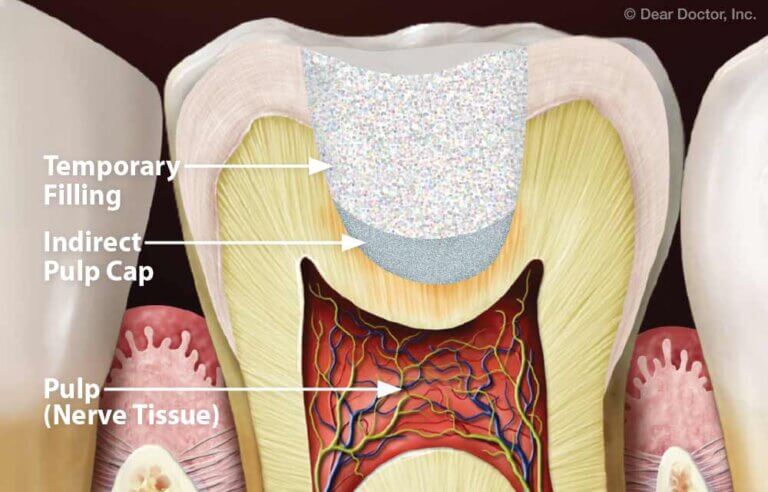
It’s important to note that the success of both direct and indirect pulp capping relies on early detection, appropriate treatment, and regular follow-up visits with your dentist. Your dentist will determine the most suitable approach based on your specific dental condition to ensure the best possible outcome for your tooth’s health and longevity. If you have further questions about Dental Pulp Capping, please contact us.
Indications For Dental Pulp Capping
Dentists look at specific factors when determining if pulp capping is the right choice:
- Proximity of Decay to Pulp: Deep cavities approaching the pulp but not yet invading it may be ideal for pulp capping.
- Minimal Exposure: When the pulp exposure is minor, such as from minor trauma or decay, pulp capping may be appropriate.
- Lack of Infection Symptoms: Teeth without severe pain, inflammation, or infection are better candidates.
- Vital, Healthy Pulp: Pulp with a good chance of regeneration is a key criterion.
- Good Overall Tooth Structure: Healthy surrounding tooth structure improves the likelihood of pulp capping success.
- Patient’s Preference: Many patients prefer to retain their natural teeth when possible, making pulp capping an appealing option.
In cases that do not meet these criteria, dentists may recommend other treatments, such as root canal therapy or extraction. If you have further questions about Dental Pulp Capping, please contact us.
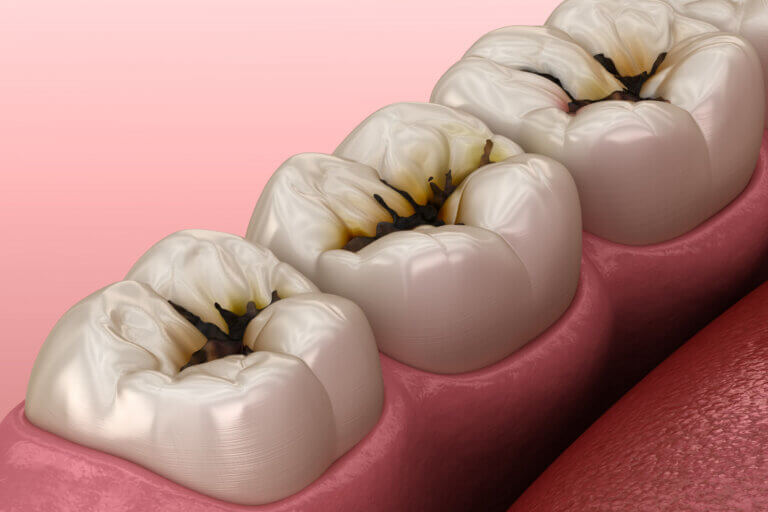
Cost of Dental Pulp Capping
The cost of Dental Pulp Capping, whether it is done using a direct or indirect technique, is the same as the cost of a dental filling.
Routine Dental Fillings cost $207-477 depending on the location of the tooth (anterior, bicuspid or molar), as well as the number of “surfaces” involved. Imagine each tooth as a 5 surface box. Each “surface” of this imaginary box will dictate the size (and cost) of the tooth filling. The codes relevant to regular dental fillings in the Ontario Dental Association’s Suggested Fee Guide appear as follows:
Permanent Anteriors:
- 23111 – One surface: $205
- 23112 – Two surfaces: $256
- 23113 – Three surfaces: $308
- 23114 – Four surfaces: $379
- 23115 – Five surfaces (maximum surfaces per tooth): $400
Permanent Bicuspids:
- 23311 – One surface: $226
- 23312 – Two surfaces: $283
- 23313 – Three surfaces: $339
- 23314 – Four surfaces: $414
- 23315 – Five surfaces or maximum surfaces per tooth: $435
Permanent Molars:
- 23321 – One surface: $246
- 23322 – Two surfaces: $308
- 23323 – Three surfaces: $369
- 23324 – Four surfaces: $451
- 23325 – Five surfaces or maximum surfaces per tooth: $477
Regular Dental Fillings are considered a basic service under all dental insurance plans and should be covered to your maximum insurable limit, but be sure to find out from your dental insurance plan provider how much you are eligible for before going ahead with dental treatment. Our fees are consistent with the ODA Fee Guide.
For patients without dental insurance, Atlas Dental is pleased to offer dental financing through iFinance Dentalcard. Affordable payment plans start at 7.95% for terms of 6 months to 6 years. To learn more about Dentalcard dental treatment financing, follow this link.
Steps In The Dental Pulp Capping Procedure
The dental pulp capping procedure involves these essential steps:
- Examination and Imaging: The dentist assesses the extent of decay or damage, often using X-rays for detailed images.
- Local Anesthesia: To ensure a pain-free experience, a local anesthetic is administered around the affected tooth.
- Tooth Isolation: Using a rubber dam, the tooth is isolated to keep it dry and avoid contamination.
- Decay Removal: Damaged or decayed areas are carefully removed, creating a clean environment for the pulp.
- Application of Protective Material: A pulp-friendly material, such as calcium hydroxide or mineral trioxide aggregate (MTA), is applied to promote healing and create a barrier against bacteria.
- Sealing the Tooth: The tooth is sealed with a filling or crown, depending on the location and extent of damage.
- Final Adjustments and Aftercare: The dentist ensures proper alignment with other teeth, provides post-care instructions, and schedules follow-ups to monitor healing.
Understanding these steps can empower you to make informed decisions about your dental health. If you have further questions about Dental Pulp Capping, please contact us.
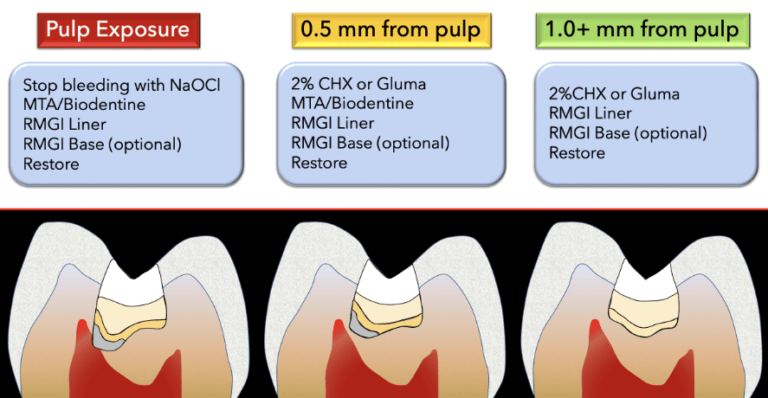
Alternative Treatments To Dental Pulp Capping
If pulp capping is not suitable, here are other treatment options your dentist may recommend:
- Root Canal Therapy: For teeth with infected or severely damaged pulp, root canals involve removing the pulp, cleaning and sealing the tooth.
- Tooth Extraction: In cases of extensive damage, extraction may be necessary, followed by replacements like implants, bridges, or dentures.
- Partial Dentures or Dental Bridges: Prosthetic options that fill the gap left by a missing tooth to restore function and aesthetics.
- Dental Implants: A durable and long-term solution that involves a titanium post and an artificial tooth for natural appearance and functionality.
The best option will depend on your specific dental condition, oral health, and preferences. Your dentist will help guide you through the decision-making process to choose the right path. If you have further questions about Dental Pulp Capping, please contact us.
Frequently Asked Questions About Dental Pulp Capping
- What materials are used in pulp capping?
Materials such as calcium hydroxide or mineral trioxide aggregate (MTA) are commonly used due to their properties that encourage healing and protect the pulp.
- What is the success rate of dental pulp capping?
Success rates can vary but are generally higher when the procedure is performed under optimal conditions, including proper case selection and technique.
- Does pulp capping hurt?
The procedure is typically performed under local anesthesia, so you shouldn’t feel any pain. Mild discomfort may occur afterward, which can usually be managed with over-the-counter pain relievers.
- What happens if pulp capping fails?
If the pulp becomes infected or doesn’t heal, a root canal or tooth extraction may be necessary to address the issue.
Dental pulp capping is a valuable procedure for preserving the health and vitality of a tooth, potentially avoiding the need for more invasive treatments like root canals. If you have further questions about Dental Pulp Capping, please contact us.

